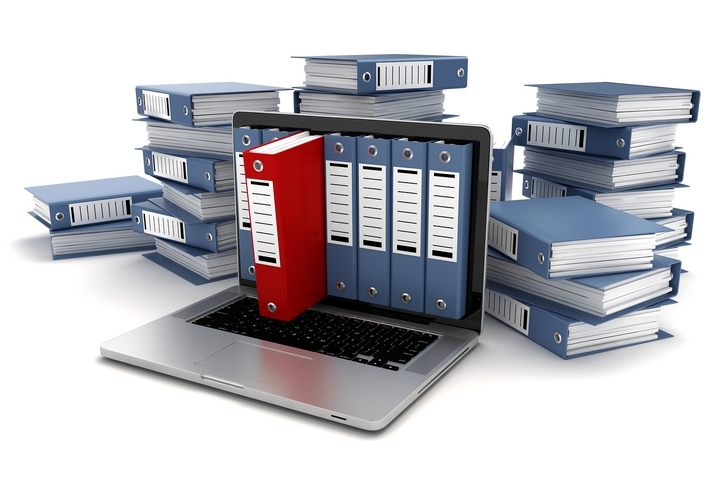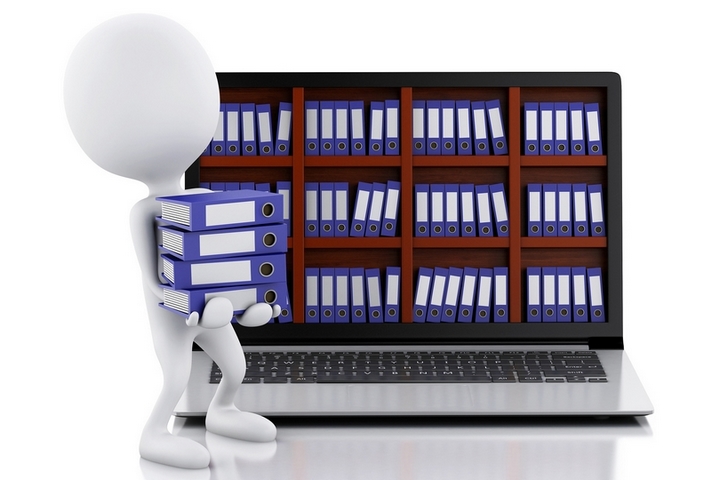In order to drive efficiency, certain techniques have to be adopted, or else a business may lag behind its competitors. Enterprise content management is an all-encompassing term for this sentiment. It should come as no surprise that enterprise content management systems can be a huge addition to any business. For those companies that have a hard time with organizing their data, an ECM can help out tremendously. If you need any more information, Adlib may be able to provide you with further insights and resources.
When it comes to conducting business, everyone should expect a degree of change to occur at some point. Our landscape has changed with every subsequent decade, and has only amplified due to the increase in technology. As business has become increasingly complex, so too has the techniques we use to manage our day-to-day activities. Efficiency, as you may have guessed, is one of the most desirable traits for any company to pursue.
Enterprise Content Management can improve workflow by automating laborious tasks. This may be the boost your company needs to reach its goals. Learn ore about what exactly is enterprise content management:
1. The Definition

In previous years, there have been a plethora of terms used to illustrate a centralized location of a company’s content. These terms may have been conceived out of convenience, or necessity, but they weren’t dynamic in nature. To further a company’s mandate of being efficient, a new term was needed.
Enterprise content management, or ECM, was then brought about, in order to streamline this centralized structure. Although there are still many explanations as to what it comprises of, ECM refers to the practices of digitally managing business information. This information is then used for various purposes.
2. History

An enterprise content management system isn’t just a term used to relate to current digital content services. In fact, the term goes back to the late twentieth century, where organizing data and information was much more unstructured. Managing various files were conducted on computers, and placed on numerous hard drives.
The trend continued well into the year 2000 and beyond, which also served to streamline ECM processes. As digital prowess increased, so too did the capabilities of enterprise content management systems. Physical hard drives were replaced with better processes, such as cloud computing. This allowed them to not only grow in efficiency, but drive business output too.
3. Efficacy

As mentioned previously, conducting business via efficient means is what leads to success. Enterprise content management seeks to uphold efficiency at every turn, in order to assist the company in multiple ways. For example, after a company centralizes its data or content, it will be applied to subsequent system practices.
This structured procedure drives efficiency, due in part to how streamlined the process has become. Information is easily accessible, and can be applied to any part of the business lifecycle. Not only will this increase productivity, but it can also increase cohesion in departments across the company.
4. Data Capturing

For an enterprise content management system to work as intended, it needs to be multifaceted. This relates to the system being able to handle multiple types and formats of data. For instance, an ECM should be able to effectively capture information from video and audio files.
Moreover, the system should also be able to process, or digitize, various pieces of documentation. These documents can range from company to company, but more or less will relate to important pieces of data. From contracts to invoices, an enterprise content management system works with virtually anything!
5. Content Lifecycle

Current versions of enterprise content management systems work solely on a digital-first basis. As a result, the software needed to manage company data has to be structured in a predefined manner. Without this initial categorization, things will only become more complex in the long run. This is where the need for a content lifecycle comes in; each stage performs a unique task.
After capturing the data, an ECM will then store it for future use. Once the company determines what it will be used for, the ECM will categorize and process the data. After this step has been completed, the content will then be published. Although the content lifecycle is much more intricate, it isn’t too complicated to grasp!
6. Content Variation

The data that is used in a company’s enterprise content management system will vary. However, that sentiment goes further; some pieces of data can come in two different formats. The most common format is that of a structured piece of content. This refers to contained and defined data; databases are the usual target here.
On the other hand, an ECM may also work with unstructured pieces of data as well. Unstructured content usually involves the processing of information with no particular format. Various emails, or PDF files, fall into this category, and may require a keener eye on how to proceed.

